table of contents:
Introduction
Overlock Stitches : If you want to achieve flawless fabric finishes and give your creations a professional look, understanding overlock techniques is essential. Used with both a serger and a serger sewing machine , overlock stitches allow you to join, overlock, and reinforce fabric edges in one quick and efficient operation.
In this article, we will answer all your questions about overlock stitches : what is an overlock stitch, what are the different types, which machine to use to achieve successful seams, how to choose the right stitch for the fabric, and above all, what tips to apply to obtain results worthy of professional sewing . You will also find a bonus with our practical advice as well as a complete FAQ to solve your common problems.
Ready to master the art of overlock stitching and enhance your sewing projects? Follow the guide!
What is an overlock stitch and what is it used for?
To get started, it's essential to understand what an overlock stitch is. Used in both professional sewing and crafts, the overlock stitch allows you to join and overlock fabrics in a single operation. Let's discover why it's become essential for achieving neat fabric finishes .
An overlock stitch is a seam that forms loops around the edge of the fabric . Its main function is twofold: to join two pieces of fabric securely together while preventing fraying . Unlike a classic straight seam, the overlock stitch protects the fabric, gives it greater elasticity, and produces a clean, crisp finish, both inside and outside the garment.
It is particularly used for making stretchy clothing (jersey, lycra) but also for fine or delicate fabrics.

What types of overlock stitches are there?
There are several types of overlock stitches , each with its own unique characteristics and preferred uses. The choice of stitch depends on the fabric being used and the type of sewing desired. We will review the main types to help you make the best choice.
The different types of overlock stitches are distinguished by the number of threads used, their final appearance, and their level of strength. Here are the main variations:
- 3-thread stitch : ideal for overcasting and joining light to medium fabrics.
- 4-thread stitch : perfect for stretchy fabrics, providing a strong assembly with a little elasticity.
- Rolled stitch : fine and decorative finish on very light fabrics such as muslin or organza.
- Flatlock stitch : visible flat seam, ideal for sportswear or decorative effects.
Quick summary :
- 3-thread stitch : simple finish, soft seam
- 4-thread stitch : reinforced finish, stretch seam
- Rolled stitch : light, decorative hems
- Flatlock stitch : decorative, reversible stitching

Which machine should I use to make an overlock stitch?
Choosing the right machine is crucial for achieving a quality overlock stitch . Are you undecided between buying a serger or using a serger sewing machine ? Here's what you need to know.
A serger is designed exclusively for overlock sewing. It typically uses 3 to 5 threads, features a cutter to trim fabric edges, and ensures a professional finish. A conventional sewing machine , on the other hand, can mimic overlock stitching with specific settings and presser feet.
| Criteria | Overlock sewing machine | Dedicated overlocker |
|---|---|---|
| Number of threads | 1 to 2 threads + imitation overlock | 3 to 5 real threads |
| Cutting the fabric | No | Yes (built-in knife) |
| Seam strength | Average | Excellent |
| Ideal for | Beginners, small finishing touches | Professional sewing |
IMAGE (Comparative photo between sewing with a classic machine and overlock sewing)
How to choose the right overlock stitch for your fabric?
To achieve a perfectly tailored overlock stitch , it is essential to consider the fabric being worked on. The choice of stitch directly influences the quality of the seam and the durability of the garment.
Here are some concrete examples to help you choose your stitch:
- Lightweight fabrics (voile, muslin) : rolled stitch
- Medium-weight fabrics (cotton, poplin) : 3-thread stitch
- Stretch fabrics (jersey, lycra) : 4-thread stitch
- Thick fabrics (denim, velvet) : reinforced stitch with 4 threads
Practical advice :
- Using a differential on the overlocker for stretch fabrics
- Adjust the width of the overlock stitch according to the thickness of the fabric
Overlock Stitch Bonus: Tips and Mistakes to Avoid
To perfect your overlock sewing , a few simple tips can make all the difference. Conversely, certain mistakes are common among beginners.
Tips :
- Test your settings on a piece of fabric scrap
- Replace your needles regularly
- Use foam thread for a softer overlock on stretch fabrics
Common mistakes :
- Too much tension causing puckering
- Wrong choice of stitch in relation to the fabric
- Forgetting to adjust the knife on thick fabrics
IMAGE (Photo: result of a well-set overlock stitch vs. poorly set)
FAQ on overlock stitches
Can you do an overlock stitch with a conventional sewing machine?
Yes, some sewing machines have an imitation overlock stitch and a special foot to create seams similar to an overlocker but not to cut the fabric.
What overlock stitch is recommended for sewing jersey?
The 4-thread stitch is ideal because it offers strength and elasticity, perfectly suited to stretchy fabrics like jersey.
Why is my overlock seam curling?
This can be caused by incorrect thread tension, fabric that is too thin without stabilizer, or improper foot pressure adjustment.
What is the difference between an overlock stitch and an overlock stitch?
It's essentially the same stitch; "overlock" is the English term used to refer to overlock sewing in French.
Should you always use an overlock stitch to join stretch fabrics?
Yes, overlock stitching is highly recommended to maintain the fabric's elasticity and prevent tearing.
Conclusion
Mastering overlock stitches is an essential step in successfully completing your professional sewing projects. Whether you use a serger or a serger sewing machine , understanding the different types of overlock stitches , knowing how to adapt your technique to the fabric, and avoiding common mistakes will guarantee you impeccable and long-lasting fabric finishes .
Don't hesitate to practice different types of overlocking on fabric scraps to perfect your skills and develop your expertise. Your passion for sewing deserves finishes that match your creations!

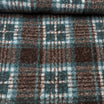



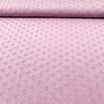
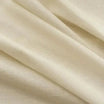
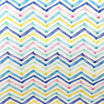




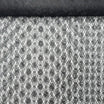
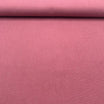
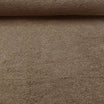

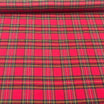

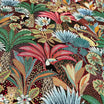

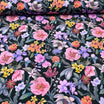
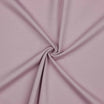
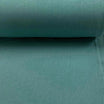
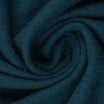
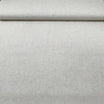

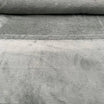
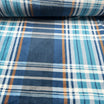

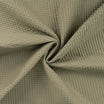





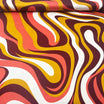


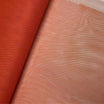

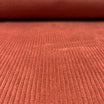
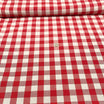
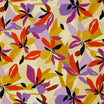
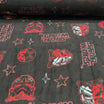
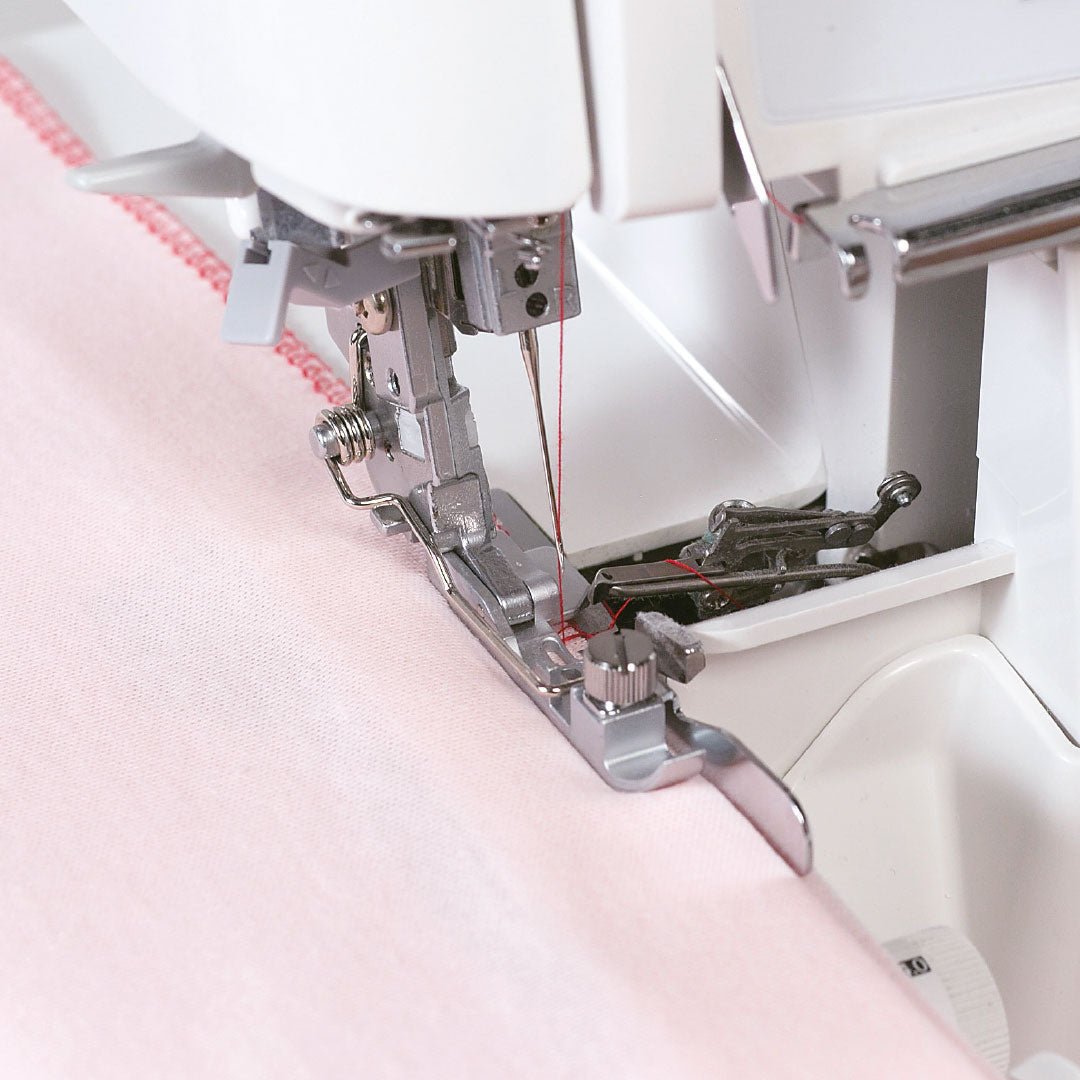
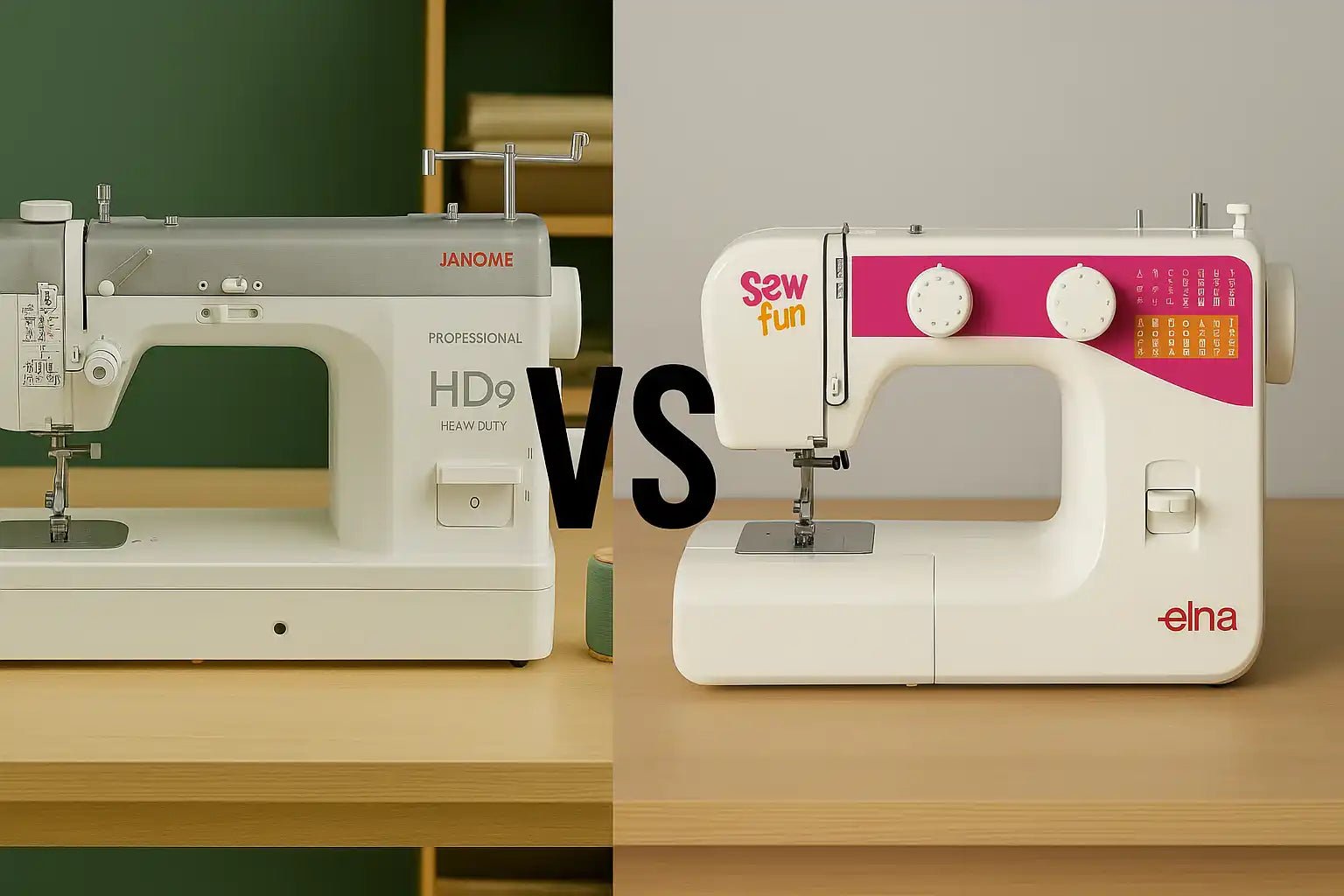
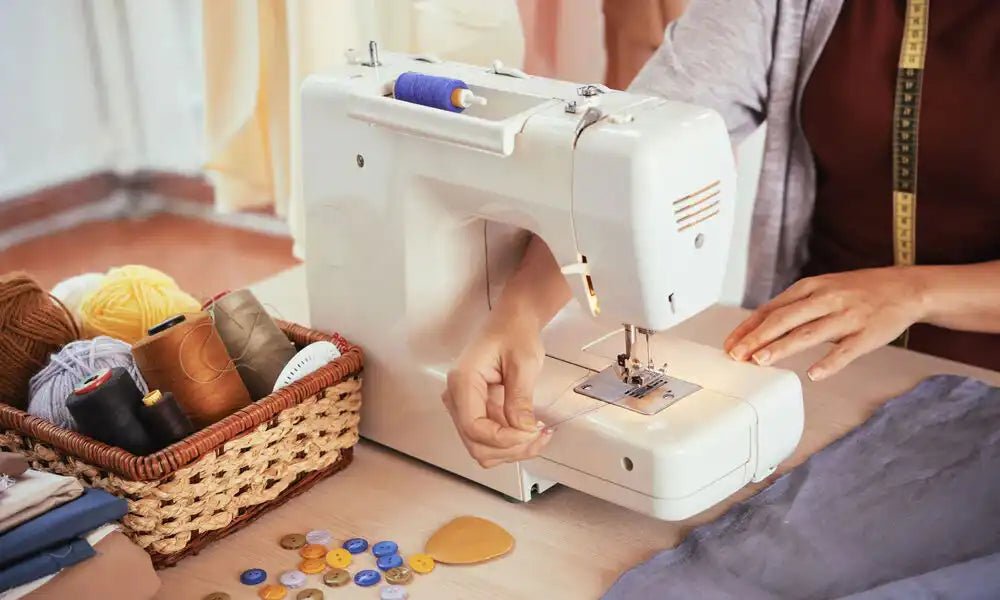
Leave a comment
All comments are moderated before being published.
This site is protected by hCaptcha and the hCaptcha Privacy Policy and Terms of Service apply.